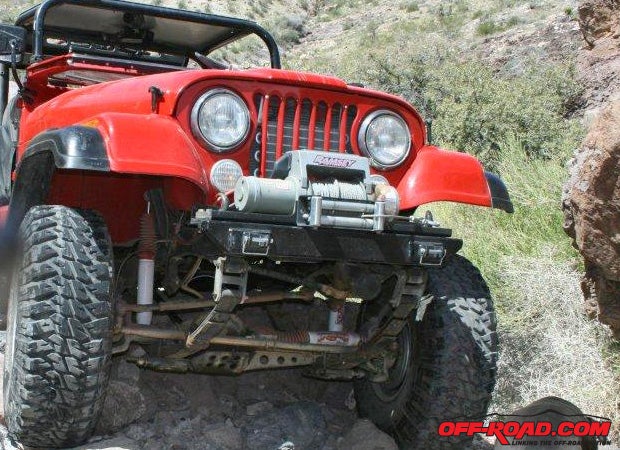
You can spend thousands of dollars replacing your OEM differentials with larger aftermarket differentials or you can save some money by beefing up what you already have. From the mid ‘70s to the mid ‘80s, Jeep CJ models have been equipped with Dana 30 front differentials and AMC 20 rear differentials; Jeep is still using the Dana 30 on Wranglers today, so my information is still valid. If you follow my advice, your OEM axles can survive for years of fun four-wheeling!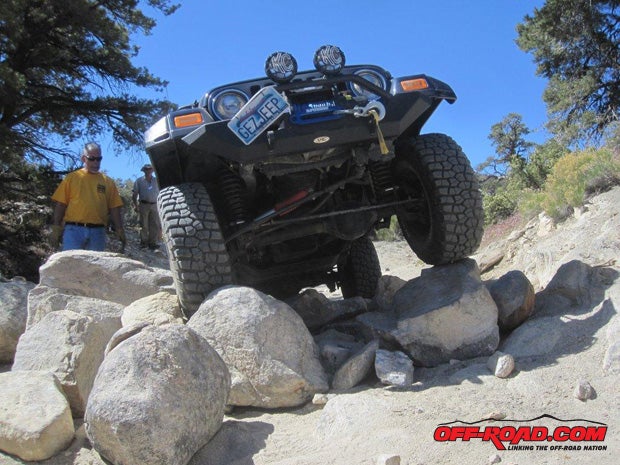
AMC 20
The AMC 20’s ring and pinion are actually 3/8-inch larger than the Dana 44, but the AMC 20 uses smaller diameter axle shafts, smaller axle tubes, and comes with weaker two-piece axle shafts. It uses a 29-spline axle shaft whereas the later Dana 44 uses a 30-spline axle shaft (Jeep started using 44s in late-1986 CJ-7 models). As I said above, the AMC 20 has two major flaws: thin weak axle housings and two-piece axles.
The weak housing can flex and bend (I’ve actually had one of the original AMC 20 axle tubes on my ’82 CJ-7 bend upward at the spring plate, causing the wheel to rub on the inside fender). The reason the AMC 20 can flex more than the Dana 44 is its more narrow differential housing and thinner, smaller diameter axle tubes. This design can allow bending of the housing tubes and/or breakage to the axle shafts. However, this can be remedied by adding gussets and/or welding the tubes to the differential housing. Its other flaw is the two-piece axle made up of a hub and a shaft. The hub end tends to break off and/or spin on the shaft under load.
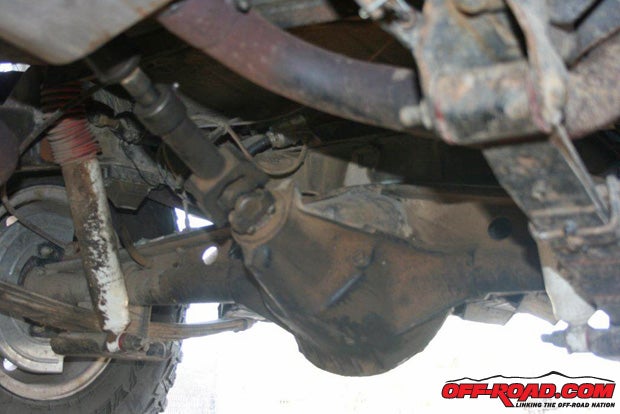
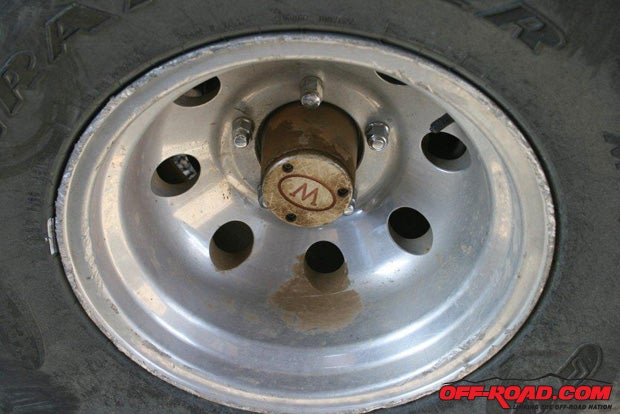
The breaking strength of an OEM AMC 20 axle shaft is about 90,000 pounds, which does not take into consideration any problems with the hub attachment to the shaft, or the strength of the Wentworth key that holds it in place. The breaking strength of most one-piece axles (Summers Brothers, Moser, Superior, etc.) is about 125,000 to 135,000 pounds, and I’ve been told that the breaking strength of the shafts in the Warn full-floater axle kit, which is what I have in my 1982 CJ-7, is about 230,000 pounds.
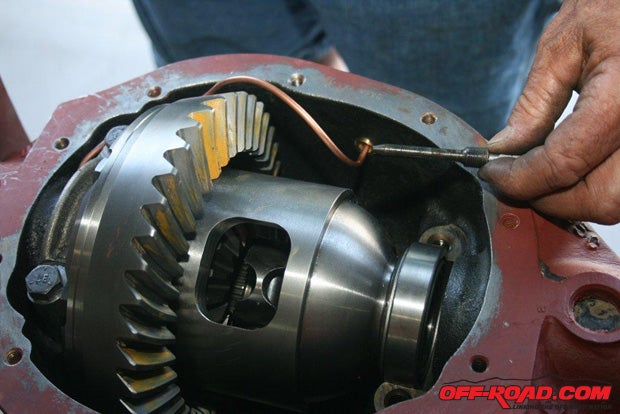
Unfortunately, my Warn full-floater kit was installed more than 15 years ago so I have no photos of the install, and as I understand it, the complete full-floater axle kit (designs, patents, etc.) was sold to Randy’s Ring & Pinion and is no longer available (although Randy’s does have free-wheeling hubs for the kit if you already have one). Suffice it to say, if you wish your AMC 20 to survive a difficult rocky, technical trail, you need to replace the two-piece axles with one-piece shafts (there are several manufacturers offering them, with excellent installation instructions), weld up the axle tubes, weld on a full-width gusset, and I’d suggest a locker as well.
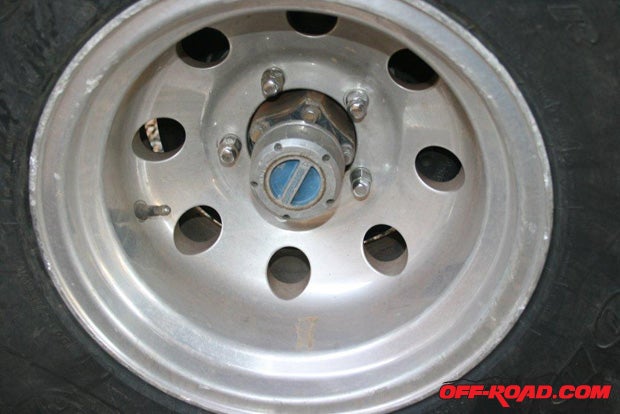
The AMC 20 was introduced to American Motors’ Jeeps in 1976, the same year the CJ-7 was introduced. CJs were equipped with two versions of the AMC 20: 1976-’81 had the narrow track and the wide track was on the ‘82-’86 models. Both AMC 20 versions use the keyed, two-piece shaft/hub design and a five-by-5.5-inch wheel bolt pattern. As noted above, supplies of AMC 20s were exhausted in 1986 and some Dana 44s were used instead in the last of the CJ-7s. Author’s note: In 1976-1978 larger 11x2-inch drum brakes were used on the AMC 20; a 10x1.75-inch drum was used after 1978.
BREAK
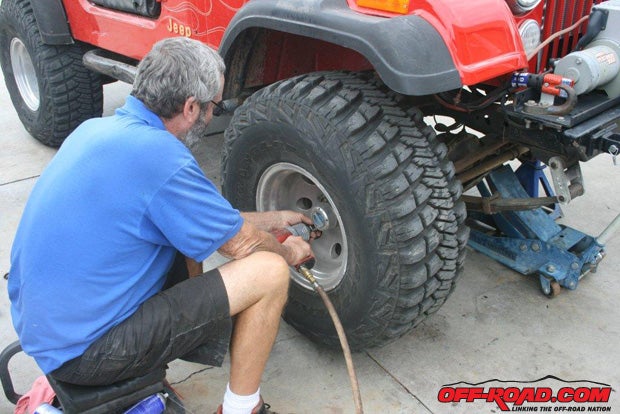
One last thing about the AMC 20: it’s more limited in gear ratio selections than the Dana 44. For instance, my ’72 CJ-5 was equipped with 4.27:1 gears, which really proved to be an excellent compromise gear for both highway and off-road (especially with taller tires). That gear ratio is not available for the AMC 20, so when I re-geared my CJ-7 I jumped up to 4.56:1 gears, figuring the 4.88 pinion gear for the Dana 30 would be too tiny to survive. The 4.56 gears have really worked well with the ’82 CJ-7’s Chevy V8, TH350 auto, and 4:1 low range. Author’s note: Randy’s Ring & Pinion’s website has a calculator you can use to determine the best gear ratio for your Jeep and your usage of it.
Lockers
I’ve been four-wheeling for more than four decades, and for the first 25 years I did it without the benefits of a locker—except for the race vehicles I co-drove or rode in. Oh, I enjoyed a few vehicles with limited-slip differentials such as the Trac-Loc in my 1974 CJ-5, but I never had a true locker.
Let me take a moment to describe what a differential does: In a turn an unlocked differential allows the inner wheel, which travels a much shorter path than the outer wheel, to roll slower than the outer wheel. While on pavement with good traction this works really well and no locker is ever needed. However, in conditions where one wheel has traction and the other does not, the wheel without traction will spin and take all the power from the wheel with traction. This can happen often when off-road, and therefore a locker, which applies equal power equally to both wheels simultaneously, is often needed.
.jpg)
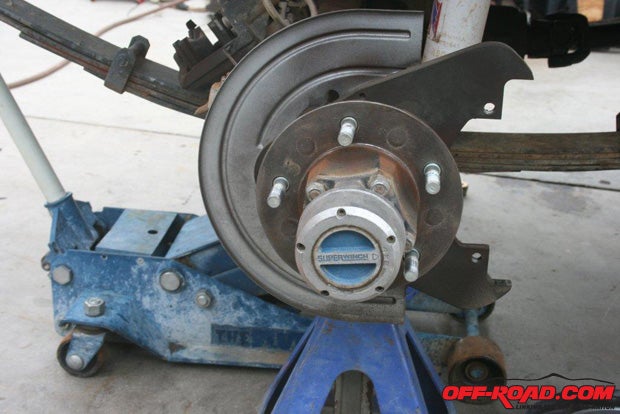
About 15 or 20 years ago, I installed a pair of Powertrax Lock-Right lockers in the 1984 CJ-8 Scrambler we owned at the time. After snapping off a Wentworth key in the left axle on the way home from work—the locker allowed me to drive home carefully—I installed a set of Summers Brothers’ one-piece axles (they were almost too beautiful to install—real works of art!) in the Scrambler’s AMC 20. My son now owns the Scrambler and the axles and Lock-Right lockers are still performing fine.
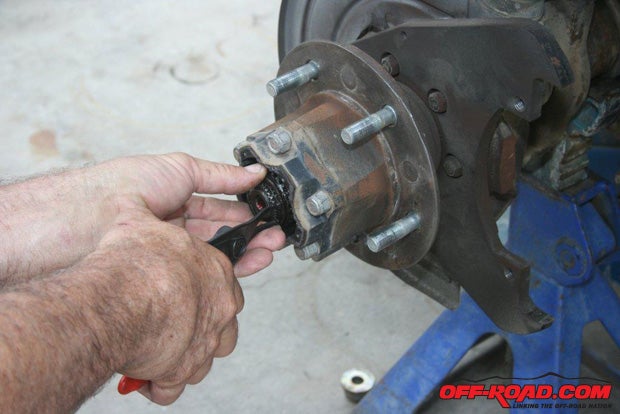
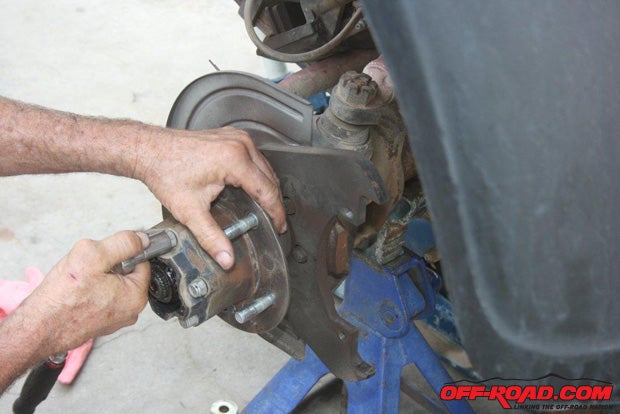
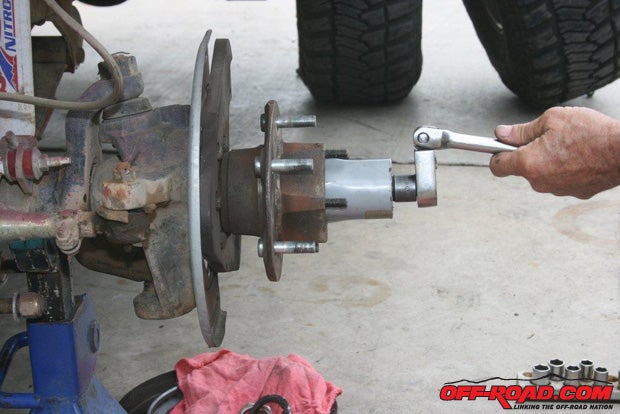
I remember that to test my new lockers, I drove it to the state off-road park near Gorman, California, off Interstate 5. I found a very steep hill covered with loose sand and gravel. Pulling up to the base of the hill, I dropped the transfer case into low range, shifted the five-speed manual transmission into low, and slowly crawled up the hill without slipping a wheel! I was sold! Prior to the Lock-Rights I’d have been forced to use second gear and fly up the hill in order to make it.
An Asian gentleman in a brand-new Honda 4WD SUV (still had its paper plates) had been watching me test how slowly I could crawl up the hill without spinning a wheel so he decided to try it also. He pulled up on the same slope—since I was taking pictures of the Scrambler for an article I had to wait for him—downshifted and managed to drive about one car length before a tire on each axle spun and raised a dust cloud. He’d back down, try it again with more gusto, and he still ended up spinning his wheels. The next time I tried it again, he walked over and asked, “How you do that?”
I cracked up and laughingly told him, “You wouldn’t understand; it’s a Jeep thing!”
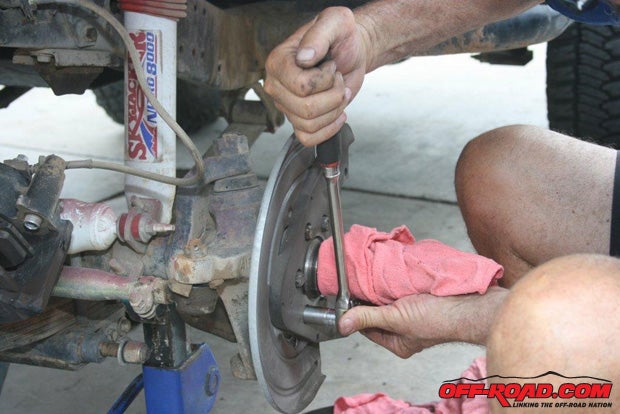
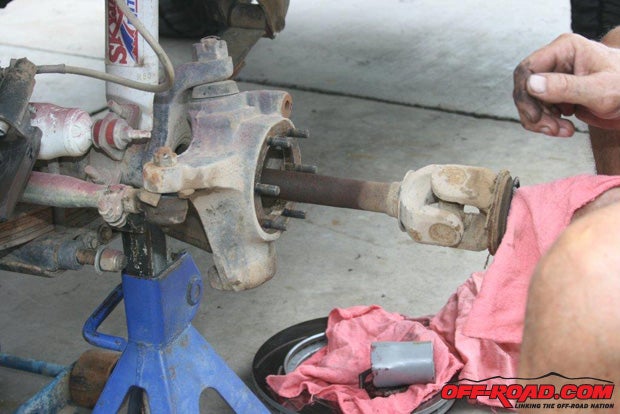
After thinking about this conversation and the reasons behind it, I decided that lockers are probably the “greenest” thing about our sport. Look at what they do. Rather than allowing the one wheel with the least amount of traction to spin (throwing dirt, mud, sand, gravel, etc. everywhere) and digging up the trail, lockers apply equal torque to both wheels at the same, doubling the traction and almost eliminating wheel spin. We’ve all heard about how a four-wheeler without lockers is really a two wheeler—one wheel on each end having traction—so by eliminating wheel spin, lockers save axles, save the trail, and cause less air pollution! They’re a win-win addition to your Jeep!
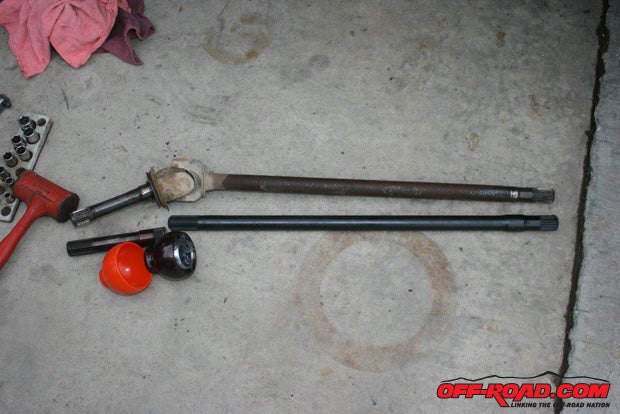
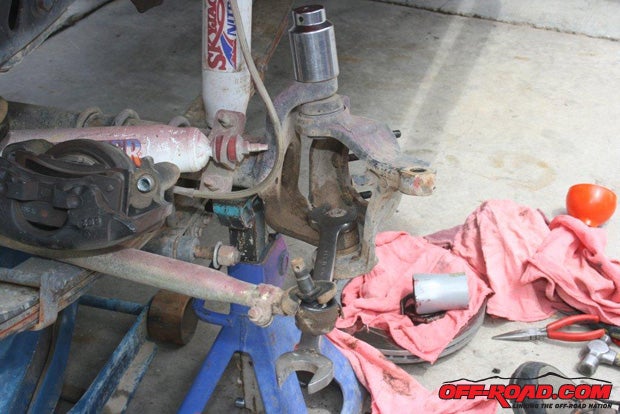
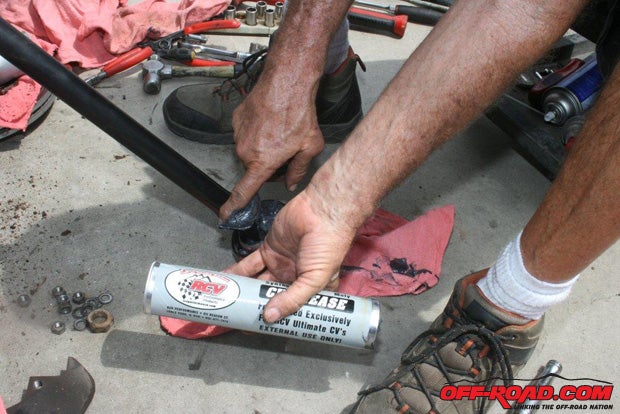
With lockers, even though the Lock-Rights are still performing fine nearly 20 years later, I prefer selectable lockers, especially in the front. With a locker in the front differential, it can be very difficult to steer and a very tight turn is almost impossible. And a heavy throttle will try and pull the wheels straight. If you do 90% of your Jeep driving on hard pavement, a selectable locker in the rear end will also stop the back tires from “chirping” during tight turns. If you do the majority of your Jeep driving off-road, a solid locker will fulfill the job for you.
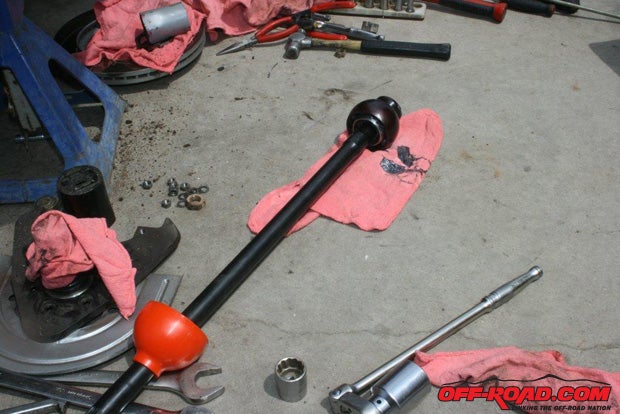
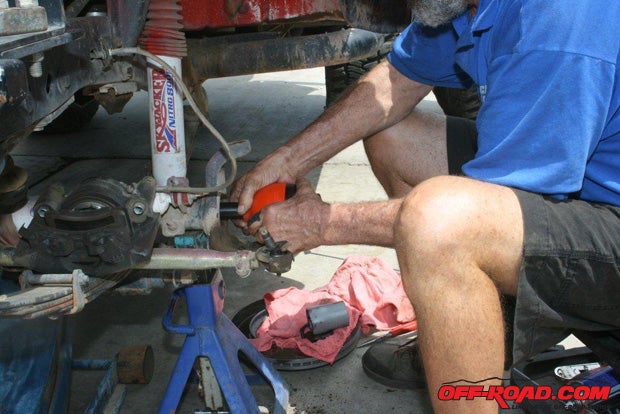
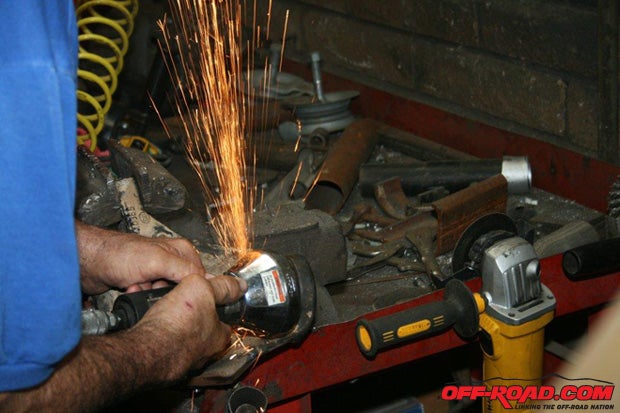
There are several brands of selectable lockers such as the ARB air locker, Detroit’s Eaton E-locker, the Zip air locker, etc., available, just check with 4-Wheel Parts, Quadratec, Marlin Crawler, etc. (And Rubicons come equipped with an E-locker from the factory.) I’ve had ARB air lockers in my ’82 CJ-7 for more than 10 years now and I love them. The ARB locker in the AMC 20 has been repaired once when the copper tube cracked and began leaking air. The ARB lockers have never broken, perhaps because I’ve never engaged/disengaged them while moving. While ARB does not recommend this behavior, and it has worked for me and my lockers.
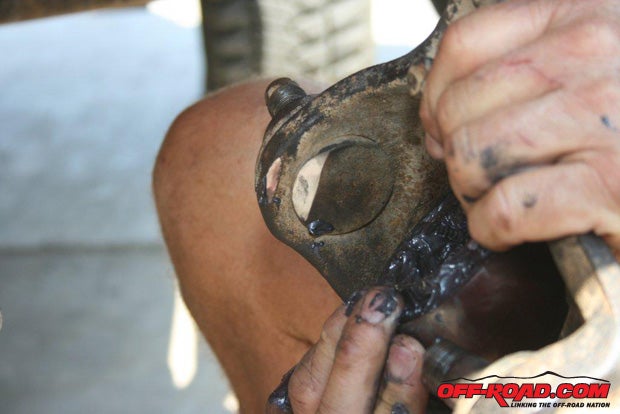
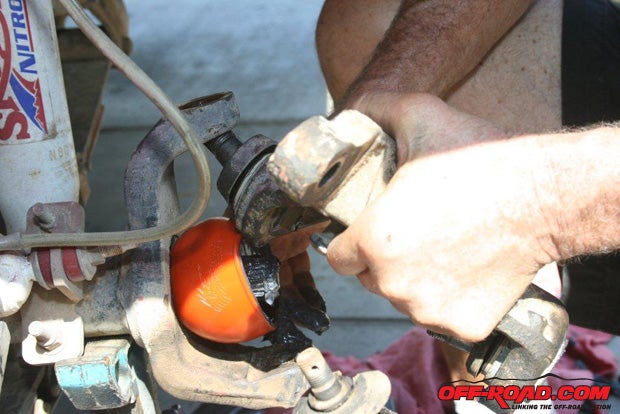
Dana 30
Arguably, the Dana 30 is under the front end of more four-wheelers than all the other differentials put together. They are even under early model Broncos for the first few years until Ford was forced to replace them with Dana 44 housings in ’68 or ’69. According to Wikipedia, the free encyclopedia: “The Dana/Spicer Model 30 is an automotive axle manufactured by Dana Corporation, has a history that dates back to the 1930s and can still be seen in Jeep JK front ends today. The Dana 30 has been manufactured as a beam axle and independent suspension axle setups. There are different variations of the Dana 30.”
The 1982 CJ-7’s Dana 30 features an open knuckle design with a 7.12-inch ring gear and disc brakes. Among the various Jeep CJ models (and other types) there are numerous variations in brakes, hubs, differential orientation, wheel bolt pattern, and width. Even though deeper gears for the Dana 30 are available (like 4.88 and 5.38), I wouldn’t recommend anything deeper than the 4.56:1 gears I installed in mine over 15 years ago. I believe the pinion gear would be too small to survive beneath the V8 in rough trail conditions—my ring and pinion are still functioning fine after all these years. I did break two axles, though, when the V8 began surging and the sudden torque application snapped their old and tired iron.
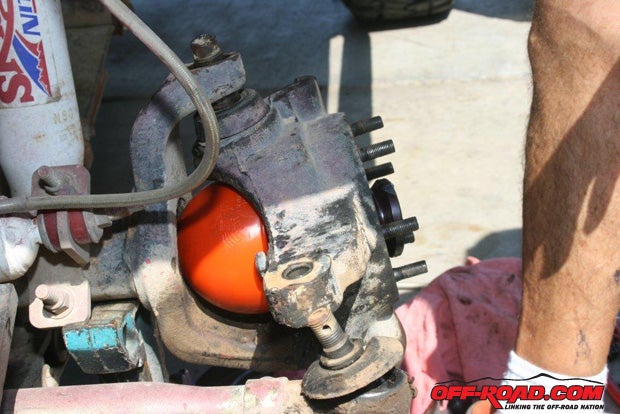
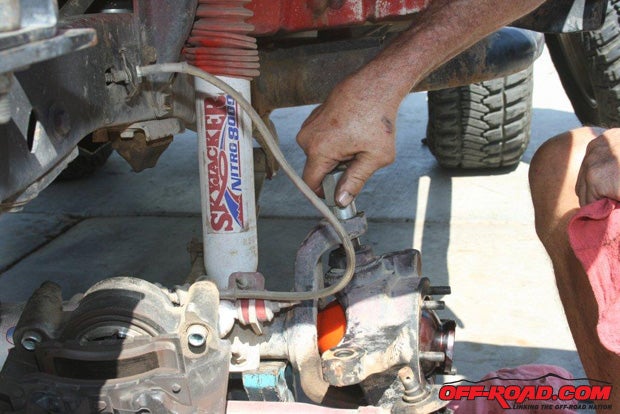
When the second axle snapped, I began researching axles that could survive the trails around northern Arizona and my driving habits—I like to push the envelope a bit (most people say I drive too fast). That’s when I found RCV Performance and their Ultimate CV Axle kit. RCV axles replace your Jeep CJ's weak Dana 30 30T U-joint axle shafts with a high-strength constant-velocity design. According to RCV, tests prove their Ultimate CV Axles to be twice as strong as OEM Jeep axle shafts, and they're just as tough at a straight angle as they are at extreme angles—where U-joints are weakest. Ultimate CV Axles also eliminate U-joint binding to allow the smooth transfer of power to the ground. Even if you have big tires and big power, there are no worries. Ultimate CV Axles are low maintenance and operate with a smoothness you can feel; whether off-road or on the street. And RCV Ultimate Axles are backed with a no-questions-asked lifetime warranty (Part No. CVJ30S-CJ2S). RCV Performance; http://www.rcvperformance.com/.
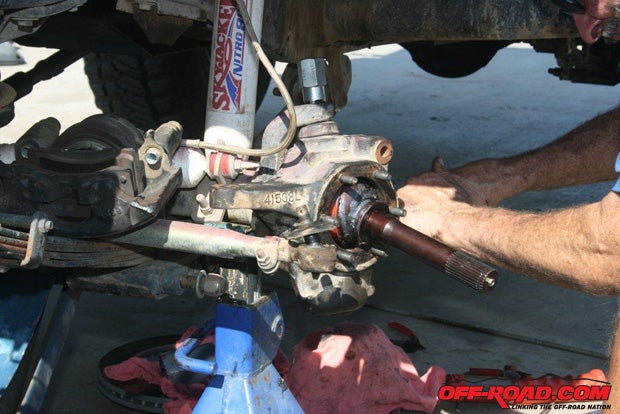
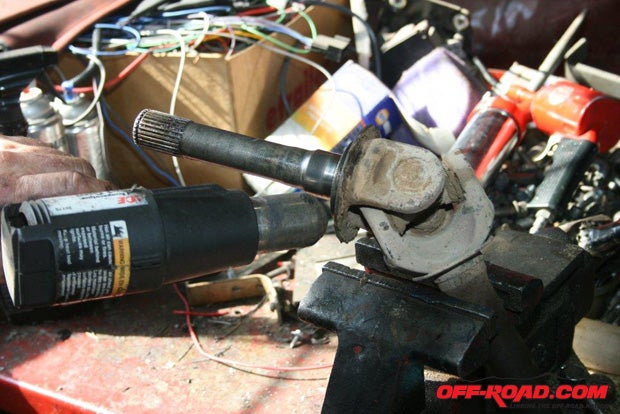
Most of the accompanying photos depict changing out Jeep OEM Dana 30 axles for RCV Ultimate Axles.
Summing it Up
If you’re wondering when you should rebuild and strengthen your Jeep’s OEM axles and their housing, you can use the following as a rule of thumb. A CJ’s OEM axles will perform more than adequately if your Jeep is equipped with 12.50x35 or smaller tires. If you run 37-inch or taller tires, you’ll want to upgrade to a Dana 44 and 60.
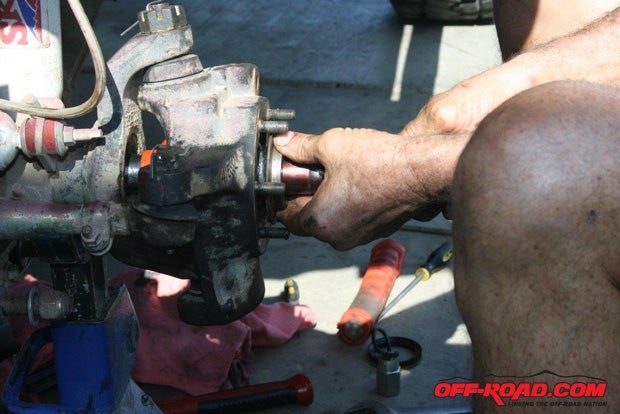
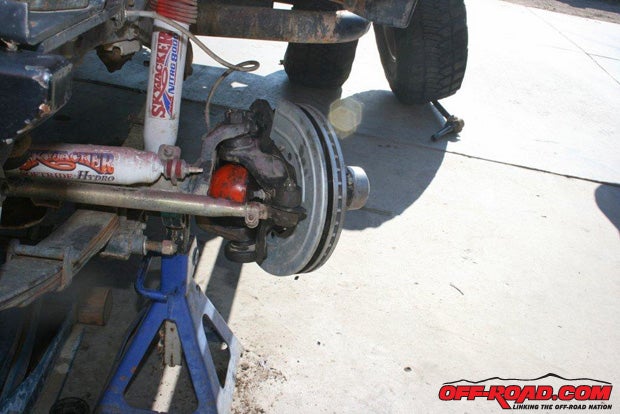


 Your Privacy Choices
Your Privacy Choices